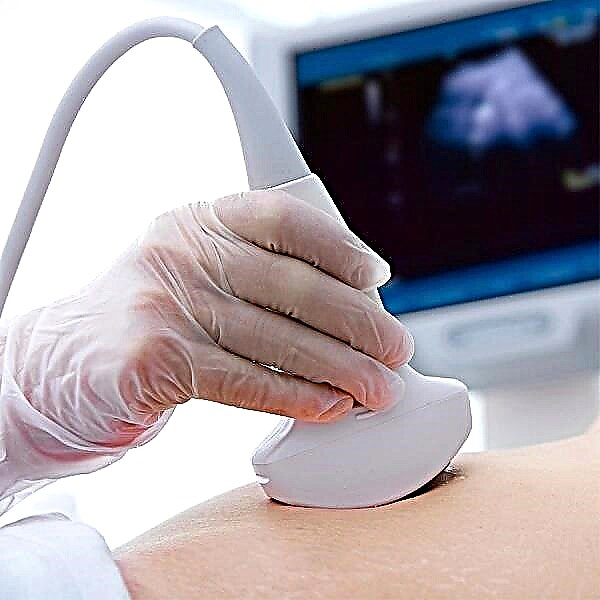
To determine how the child's blood coagulates and whether everything is in order with stopping bleeding and the formation of blood clots, a special analysis is prescribed, which is called a "coagulogram".
What is it?
A coagulogram is a study of blood coagulability, that is, the ability of blood to stop bleeding in case of damage to a vessel by forming a clot that closes a place with a broken integrity.
Indications
A coagulogram is prescribed in the following cases:
- If a child is suspected of having hemophilia, for example, he often has long-lasting bleeding.
- If the child will have surgery. It is important to make sure that the clotting system is working properly and that the surgical procedure will not result in extensive bleeding.

Where to get tested?
You can donate a blood sample of a child for a coagulogram in any medical institution that has reagents and equipment for this study. This analysis is done in a clinic, hospital, private laboratory, large medical center and other places.
Training
The delivery of this analysis requires compliance with certain rules:
- Blood should be donated in the morning, because during the day, the indicators can change under the influence of many factors.
- The day before the analysis, the amount of food consumed should be reduced, and for eight to twelve hours, do not eat anything, as well as do not drink tea, juice and other sugary drinks. You can only drink clean water.
- The child must be calm before manipulation. The baby's pulse should be within normal limits.
- Warn the baby in advance that his blood will be drawn from a vein. Say that there will be practically no pain, and the procedure itself will go very quickly.
If you are giving your child any medications that can affect the blood clotting process, or the baby has had operations and blood transfusions in the past, be sure to warn the doctor about this, who will decipher the analysis.

Immediately after the manipulation, for about an hour, you should not strain the arm from which the blood sample was taken.
Norm values and analysis interpretation
Reasons for deviations
- An increase in the amount of prothrombin indicates the risk of blood clots. There may be less prothrombin in the child's blood if he has hypovitaminosis K or has been using certain medications.
- In the child's blood, there will be less fibrinogen in liver diseases, hemostasis disorders, hypovitaminosis C and group B, the use of steroid drugs and fish oil. The amount of fibrinogen increases in the postoperative period, as well as in burns, pneumonia and infectious diseases.
- A decreased thrombin time indicates an excess of fibrinogen in the blood. An increased indicator may indicate renal failure or genetic pathology, in which there is a deficiency of fibrinogen.
- A low PTI indicates a significant risk of bleeding, and an increased PTI indicates a high risk of thrombosis.
- An increased APTT is characteristic for a lack of vitamin K or for renal failure, as well as for hemophilia and stages 2-3 of the DIC syndrome. A decrease in APTT occurs in the first phase of DIC syndrome.
- At a high concentration of fibrinogen in children, acute infections, disorders of the thyroid gland, and tumor processes can be detected.
- If the blood clot dissolves faster during the thrombotest, this indicates increased bleeding in the child.
- A shortened AVR can be an indicator of thrombophilia. If this figure is increased, the risk of blood loss and heavy bleeding in a child is increased.
- An increase in the index of plasma tolerance to heparin occurs in liver diseases, and a decrease - in pathologies of the cardiovascular system, after surgery, or in cancer.
- The detection of a lupus anticoagulant is possible in cancer processes, ulcerative colitis and other pathologies.
- An increase in RFMK in the blood is characteristic of increased activity of the coagulation system (the risk of blood clots in blood vessels), and a decrease is possible with heparin treatment.

Diagnosis of coagulation disorders
Problems with blood coagulation are both congenital and acquired. They are manifested by increased bleeding and spontaneous formation of blood clots, depending on which component of the child's coagulation process is not enough or too much.
Such diseases are diagnosed in the hematology departments based on the presence of clinical manifestations, examination, parental interviews (family history) and blood tests. If a genetic mutation is suspected, genetic testing is also done.
Treatment
Increased blood clotting is dangerous by the spontaneous formation of clots in the blood vessels, which causes circulatory disorders and the formation of an embolus (a torn off blood clot that will circulate in the baby's blood). That is why it is important for children to prescribe the right medication.
If the child's condition is acute or severe, he is hospitalized and drugs are given intravenously to dissolve blood clots.



